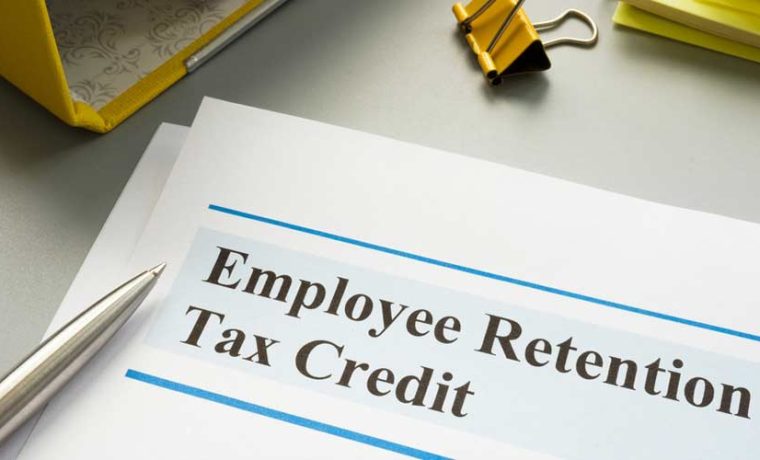ERC was created to encourage business owners to retain their employees and continue with their pay. Business owners are always looking for different ways to enhance the financial condition of their organizations. One of the most effective methods is taking advantage of ERC or Employee Retention Credit. The question is, what is ERC, and how does it benefit a business? This is a government grant that can benefit a business in the short term by receiving checks. Additionally, the grant benefits long-term goals by reinvesting capital and hiring new employees.
When was ERC Established?
Economic uncertainty often leads to adverse societal effects, with employee layoffs and companies shutting down. Post-pandemic, all kinds of businesses are struggling to keep functioning. Small business enterprises have temporarily and permanently closed all across the world. In response to the challenging situation, the US government has come up with several relief programs so that businesses can get the required financial backing and retain their employees.
ERC, or ERTC, was established and implemented to offer financial assistance and support to enterprises and companies of all scopes and sizes. The objective was to keep the employees on their payrolls during economic struggles. During the period, companies were fully or partially suspended due to government orders. This led to a significant decline in revenue and gross margin profits when compared to previous years.
A Coronavirus Relief Program
ERC/ERTC, or Employee Retention Tax Credit, was first introduced in early 2020 as a part of the Coronavirus Aid, Relief, and Economic Safety Act (CARES Act). Since its inception, the CARES Act has experienced multiple changes and extensions before officially coming to an end in 2021. Unlike several other relief programs that were established during the pandemic, ERC was not a loan. This means businesses seeking financial assistance via an Employee Retention Credit didn’t have to pay the amount back.
What is the Employee Retention Tax Credit?
To take advantage of the government grant, business owners must know what an ERC is. It is a refundable tax credit for business payroll. Based on some factors, including eligible wages, employee caps, etc., business owners had the opportunity to determine the percentage of eligible wages they paid to their employees between March 2020 and December 2020. Because of the positive reviews received, the US Rescue Plan Act decided to extend Employee Retention Tax Credit till December 2021.
Under the CARES Act, ERC offers a refundable tax credit to qualified businesses and employers for particular wages paid. Studies show that the Employee Retention Credit (ERC) acted as a significant tax relief for eligible businesses that lost huge capital from 2020 to 2021 due to the global pandemic situation.
Qualifying ERC Amount
The highlighting feature of Employee Retention Credit is that the employees or employers don’t have to pay anything back. It is referred to as a reimbursement, designed as an employer credit. Thus, it means that it is capital that the US government owes to eligible employers and businesses. The 2020 ERC is equivalent to 50% of eligible wages. Henceforth, the maximum wage limit for every employee shouldn’t exceed $10,000 per quarter. In 2021, ERC was extended to operate till the end of the year with an increased credit percentage of 70. The wage limit remained at $10,000 for every employee in each quarter.
Qualifying ERC Wages
Wages eligible for the ERC are also paid to employees during the qualified period, similar to health insurance expenses. A qualified period was relevant to:
- The period a business was suspended on government orders
- For 2020, when the quarterly gross receipts were almost 50% less compared to the previous year
- For 2021, when the quarterly gross receipts were 25% less compared to those in 2019 and before
- When the business was partially or fully shut down
- A significant decrease in gross receipts.
Interested business owners who wanted to seek the benefits of the Employee Retention Tax Credit needed to understand what is ERC and whether they were eligible to seek the government grant.
Key Benefits of the ERC
Tax credits are established to support businesses and individuals to avoid substantial tax burdens every financial year. The government developed ERC, or Employee Retention Credit, to help businesses run during the economic struggles and uncertainties associated with Covid-19.
Easy Eligibility Requirements
ERC was an incentive that motivated business owners to retain their employees and maintain their payroll. The relief program under the CARES Act was designed to offer economic backup to businesses ad people. Coronavirus has impacted multiple businesses negatively in the country and all around. Catering to the eligibility requirements was easy, making it the most effective government grant to provide financial relief to businesses of all sizes and the workforce.
Immediate Claiming
One of the best aspects of ERC was that businesses or employers could claim their credits instantly. This was possible by decreasing the payroll taxes sent to the IRS department. As per the reports from the IRS, the filled forms were eligible for reimbursement between six and ten months from the date of filling them out. There was yet another method of claiming ERC more quicker. A business owner needed to apply for an advance payment, aiding faster credit claims. To seek an advantage, business owners must have a complete understanding of what is ERC.
Refund is Possible
Qualified employers or business owners can also request a refund when the retention credit is more than payroll taxes. Though the grant has been officially closed in 2021, businesses or companies are still allowed to file for an ERC refund via Form 941-X. Because the limitation statute for filing returns is three years, qualified business owners and employers have time till 2024.
Conclusion
ERC is considered excellent financial aid for struggling enterprises. During the initial year of the pandemic, it served as a lifeline for multiple small-scale businesses in the USA. Before seeking the benefits of government aid, business owners and employers tried to gain insight into what is ERC and what the eligibility factors are.
















